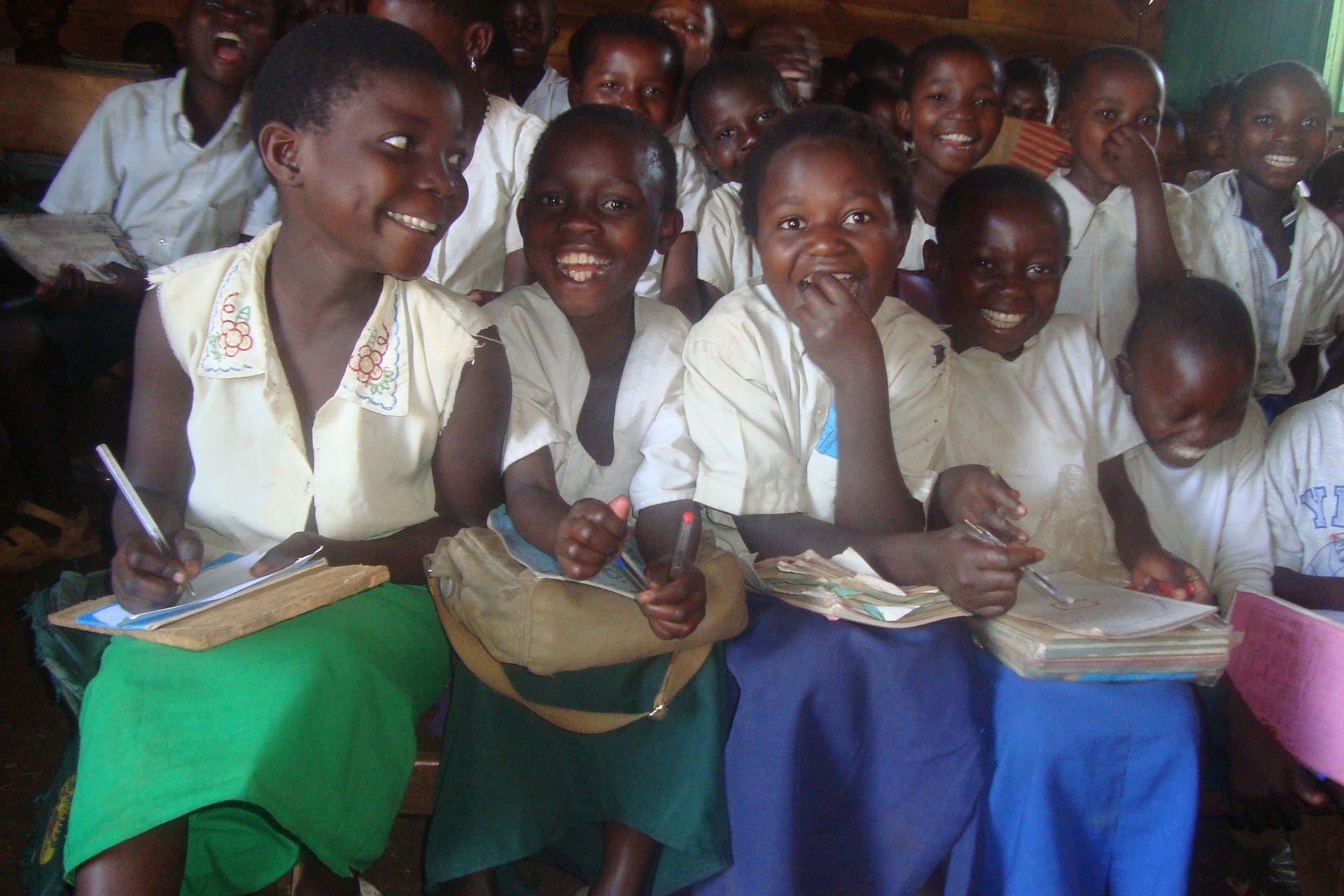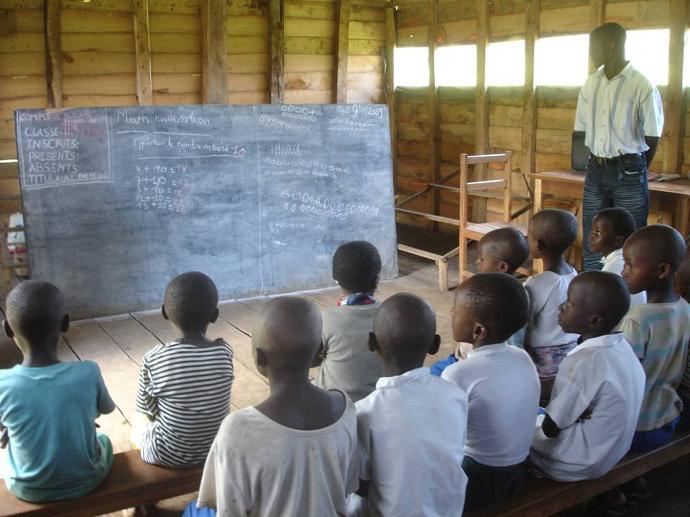Who Are We?
We are the local stewards of the most threatened gorillas on Earth.
Strong Roots Congo is grounded in Eastern DRC
Kahuzi-Biega National Park is a national park and UNESCO world heritage site on the eastern edge of the Democratic Republic of the Congo, close to where DRC meets Rwanda and Burundi.
It is a place rich in biodiversity. Maybe more than anywhere on Earth.
In the park stand two ancient and resting volcanoes, regarding each other in the misty distance.
On their slopes and at their feet and in the ocean of green between fly birds of every color imaginable and more. In the canopy are primates, other mammals, and reptiles and insects and flora that live only here.
In the shade of the canopy...
...along the jungle paths, and on the sun-bespeckled slopes of Mount Kahuzi live the most important population of gorillas on the planet. A group of only 250 Grauer’s gorillas (eastern lowland gorillas). A small community. One that needs protecting and care.
Grauer's gorillas live on a landscape that spans the Maiko and Kahuzi-Biega National Parks, Itombwe and Tayna Reserves, and corridor areas linking these protected areas, many of which are established under community-based management and governance schemes.
Because the gorillas are not the only families living here.

Within the park’s boundaries and around its edges are local and indigenous communities. Families far better-equipped to be stewards of this special place than any government or organization.
Strong Roots Congo exists to empower communities in and around Kahuzi-Biega National Park, Itombwe Nature Reserve, and on the corridor linking both protected areas to conserve the biodiversity of this place.
We do this by combining scientific tools with traditional knowledge and creating opportunities for alternative livelihood and economic development.
We must not be enemies
Communities aren’t enemies of nature. They are part of it. We are part of it. The Strong Roots team is composed of community members and indigenous people who grew up in the forest that’s called Kahuzi-Biega National Park today; felt its magic; were displaced by the conflict that has continued for a lifetime in its shadow.
Over the last two decades military and mining operations in the area, and the extreme poverty of the surrounding communities, have increased pressure on the landscape’s natural resources and wildlife.

-
Animals are indiscriminately hunted for bushmeat when food is scarce (which is often).
-
Poaching has become a common form of livelihood where there are no other opportunities and is magnified by many of the other persistent issues in the region.
-
Biodiverse areas are burned for charcoal - used as a source of income or source of energy in communities.
- Illegal mining operations dot the region, putting more pressure on dwindling wild spaces, increasing demand for bushmeat and more.
- The wildlife trade fuels population decline and tears gorilla families apart.
- Persistent conflict between protected areas’ management and surrounding communities (because both have a different hierarchy of priorities) slows conservation efforts.
On the Kahuzi-Biega - Itombwe Landscape, Strong Roots Congo works to build programs that balance the needs of human communities with those of forests and wildlife.
Communities don't need to be saved. They need to be supported and empowered, so they can develop sustainable means to thrive. So they can be masters of their fate. Dependent on themselves. Happy and free.
We help identify major challenges faced by local and indigenous communities; the pressures those exert on the communities, the wildlife, and the environment; and develop tools and strategies communities can master to find equilibrium.
Where the forest, the wildlife, and the communities can be in balance and thrive in concert with each other.
That means helping build capacity for communities to...
- Understand and stop, or even reverse, deforestation trends.
- Overcome generations of sustained poverty.
- Educate and train the next generation of grassroots conservationists.
- Manage protected spaces where critically endangered animals can live and recover.
- Take ownership of their traditional lands.

Want to help these important projects succeed?
Reach out to us and tell us why these projects matter to you. We'll help you make a pointed impact.